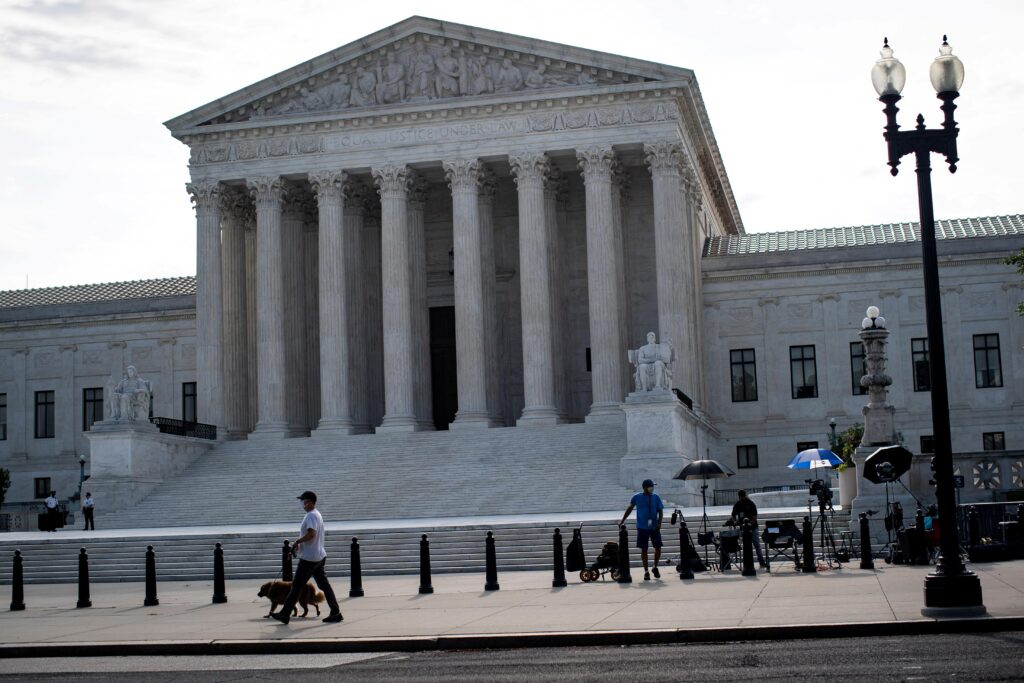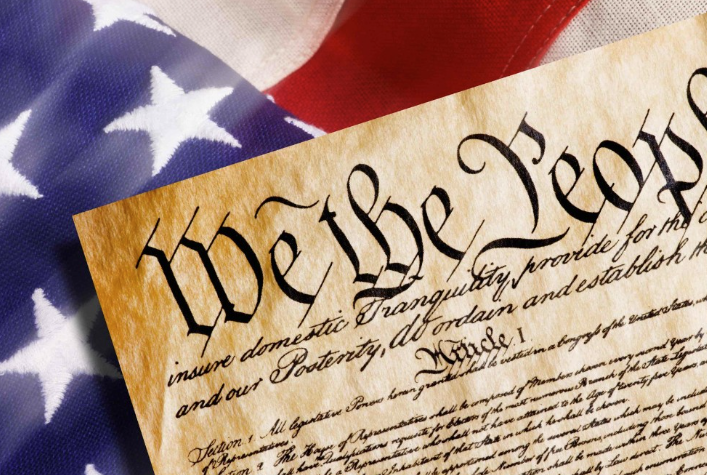By David L. Hudson, Jr.
In oral arguments on April 28th in a case involving a former high school student kicked off her cheerleading squad for a profane social media post, the Court explored whether school officials could discipline the student under the Supreme Court’s decision in Tinker v. Des Moines Independent Community School District (1969).
In Tinker, the Court ruled that public school officials could not suspend students who wore black armbands in protest of the Vietnam War to school because those armbands did not cause a substantial disruption of school activities or interfere with the rights of others.
In the current case, Mahanoy Area School District v. B.L., the Court has to determine whether the Tinker substantial disruption standard even applies to an off-campus, social media expression. A frustrated student, now known as Brandi Levy, used the “f-word” several times on Snapchat because she was upset she didn’t make the varsity cheerleading squad.
Read more about the case here: The Supreme Court Case That Could Define the Next Era of Student Speech Rights
Coaches overreacted when they learned of the post by kicking her off the junior varsity squad for a year. Both a federal district court and the Third Circuit Court of Appeals ruled in favor of the student, in part, because her post did not cause anything close to a substantial disruption on campus.
During oral arguments, Justice Stephen Breyer said he thought the school had overreacted, stating:
“Did that cause a material and substantial disruption? I don’t see much evidence it did. And if swearing off campus did, I mean, my goodness, every school in the country would be doing nothing but punishing. And it certainly didn’t help others – I mean disrupt others. It didn’t hurt others as far as I’m aware, as far as I can see in the record.”
Justice Sonia Sotomayor expressed a similar concern more succinctly, asking: “How is that a substantial disruption, number one?”
Justices Breyer and Sotomayor hit the nail on the head when they said that the post did not cause anything remotely close to a substantial disruption.
The school district, however, still whined about how Levy’s rant upset morale and team cohesion on the cheerleading squad. Such concerns are overblown. I played high school basketball, and there were many more curse words spewed on the court, on the sidelines, and in the locker room than what was in Levy’s message posted off-campus on a Saturday.
The Supreme Court could reach the larger question of whether the Tinker substantial disruption applies to out-of-school speech. But, even under the substantial disruption standard, Levy should prevail, as she did in the Third Circuit.
She did not cause anything remotely close to a substantial disruption.
—David L. Hudson, Jr., a regular contributor to First Amendment Watch, teaches at Belmont University College of Law and is the author of Let the Students Speak!: A History of the Fight for Freedom of Expression in American Schools (Beacon Press, 2011) and First Amendment: Freedom of Speech (Thomson Reuters, 2012).
Tags


